Islamic Art from The David Collection | Part I
The David Collection in Copenhagen, Denmark houses the most important collection of Islamic art in Scandinavia. The fine online curation of this stellar gathering of objects offers multiple intriguing pathways to explore the art history of the Islamic world. In this initial offering, we shine a light on a selection of exemplary works from four categories within the collection — Textiles, Carpets, and Leather, Calligraphy, Miniature Painting, and Metalwork, Weapons, and Jewelry.
Textiles, Carpets, and Leather
Woven textiles have always played an important role in Islamic society and in many cases were among the most prestigious and costly luxury goods.
Technically, textiles ranged from fairly simple tabby and tapestry weaves, through ikat, lampas, and samitum fabrics, to highly complex metal-brocaded velvets. In addition, there were embroidered, printed, and other types of fabrics.
Different materials were also used: plant fibers such as linen and cotton, wool from sheep and goats, silk, and finally various kinds of “metal thread.”
Pile carpets of wool, cotton, or silk – commonly called Oriental carpets – are justifiably associated almost exclusively with the Middle East, from which they were exported to the entire world.
Tanned animal skins were used to make parchment and leather of different types.
Calligraphy
The Arabic script began to develop in earnest when the religion of Islam emerged in the 7th century, and the most prestigious task of Muslim calligraphers was to convey the exalted words of the Koran as beautifully as possible.
The oldest script types – Ma’il or Hijazi, Kufi, Eastern Kufi, and Maghribi – were fairly angular. More cursive forms that were easier to write evolved at the same time and were used mostly for secular purposes. At around the beginning of the 10th century, rules were formulated for how the cursive scripts – Naskh, Thuluth, Muhaqqaq, Rayhani, Tawqi, and Riqa – were to be written. This reform enhanced the status of cursive scripts, which gradually supplanted the more angular scripts, even for use in Korans.
The Persian script Nastaliq developed in around 1500 and was used especially for poetry. Divani was the script of the chancelleries, and regional styles were also found – Bihari in India and Sini in China.
Miniature Painting
Islamic miniature painting is generally understood to mean small paintings that are or once were part of a manuscript, used as a frontispiece or an illustration for a text. Drawings and individual paintings have, however, also been preserved. They were either sketches or were intended to be placed as independent works of art in an album.
The miniatures usually had a paper base, but cardboard and in rare cases cotton or silk cloth were also used. The brilliant colors are usually opaque.
The oldest preserved miniature paintings were made in around the year 1000, but not until around 1200 were they found in larger numbers. Islamic miniature painting is often categorized rather summarily into four regional schools: the Arab, the Persian, the Indian, and the Ottoman Turkish.
Metalwork, Weapons, and Jewelry
Within the field of metalwork, written sources show that Muslim princes had many magnificent objects of gold and silver, but most of them have been melted down, making our knowledge of them limited.
Today we mainly know of pieces made of the alloys bronze and brass. The most splendid are inlaid with copper, silver, gold, niello, or a combination of them.
Copper and especially tinned copper were common as well. There are also examples of fine damascened and openwork steel. A distinctive matte-black alloy, bidri, was made in India.
Metal was used for innumerable types of objects, from fittings, lamps, vessels, and other household utensils to jewelry, weapons, scientific instruments, and coins.
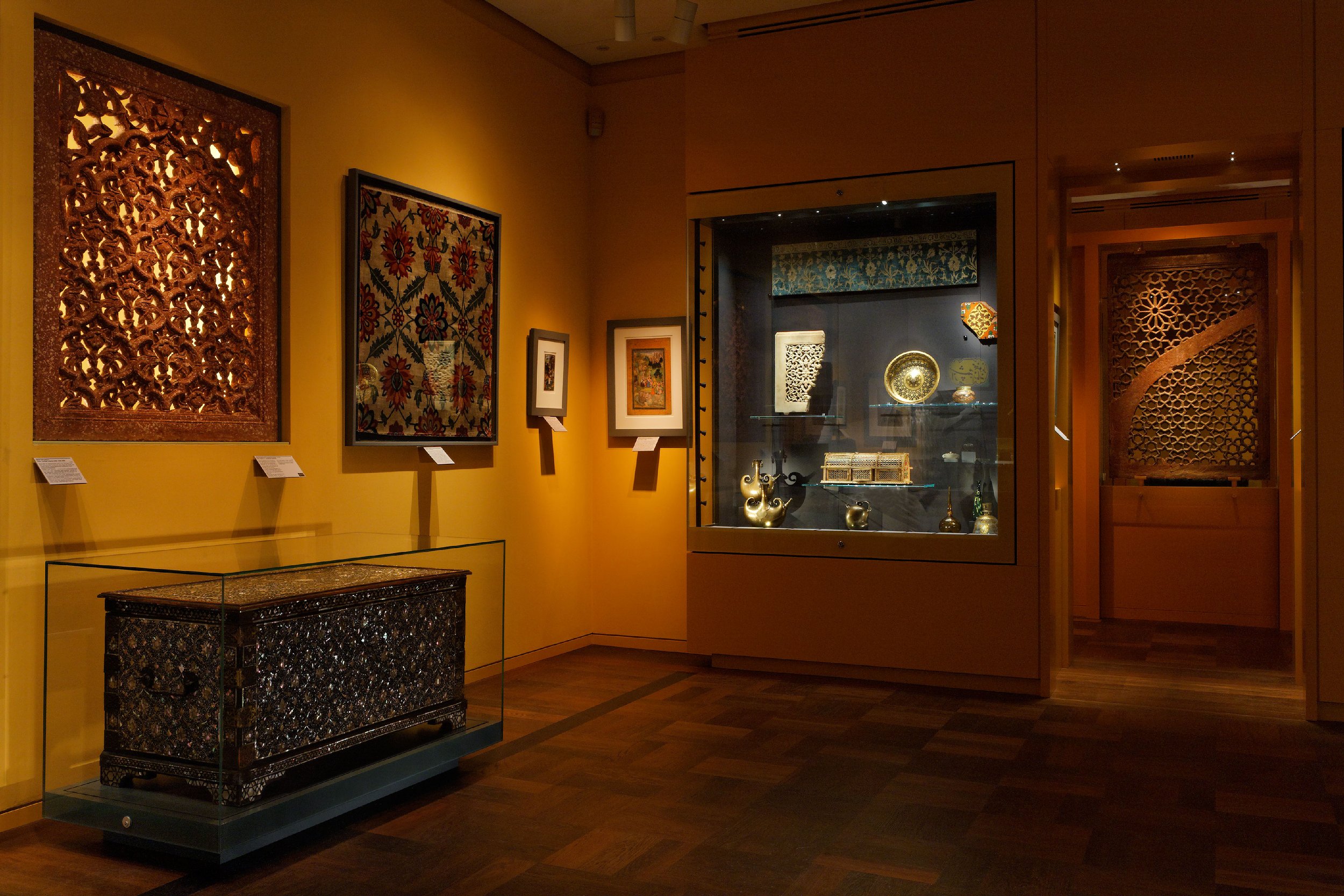
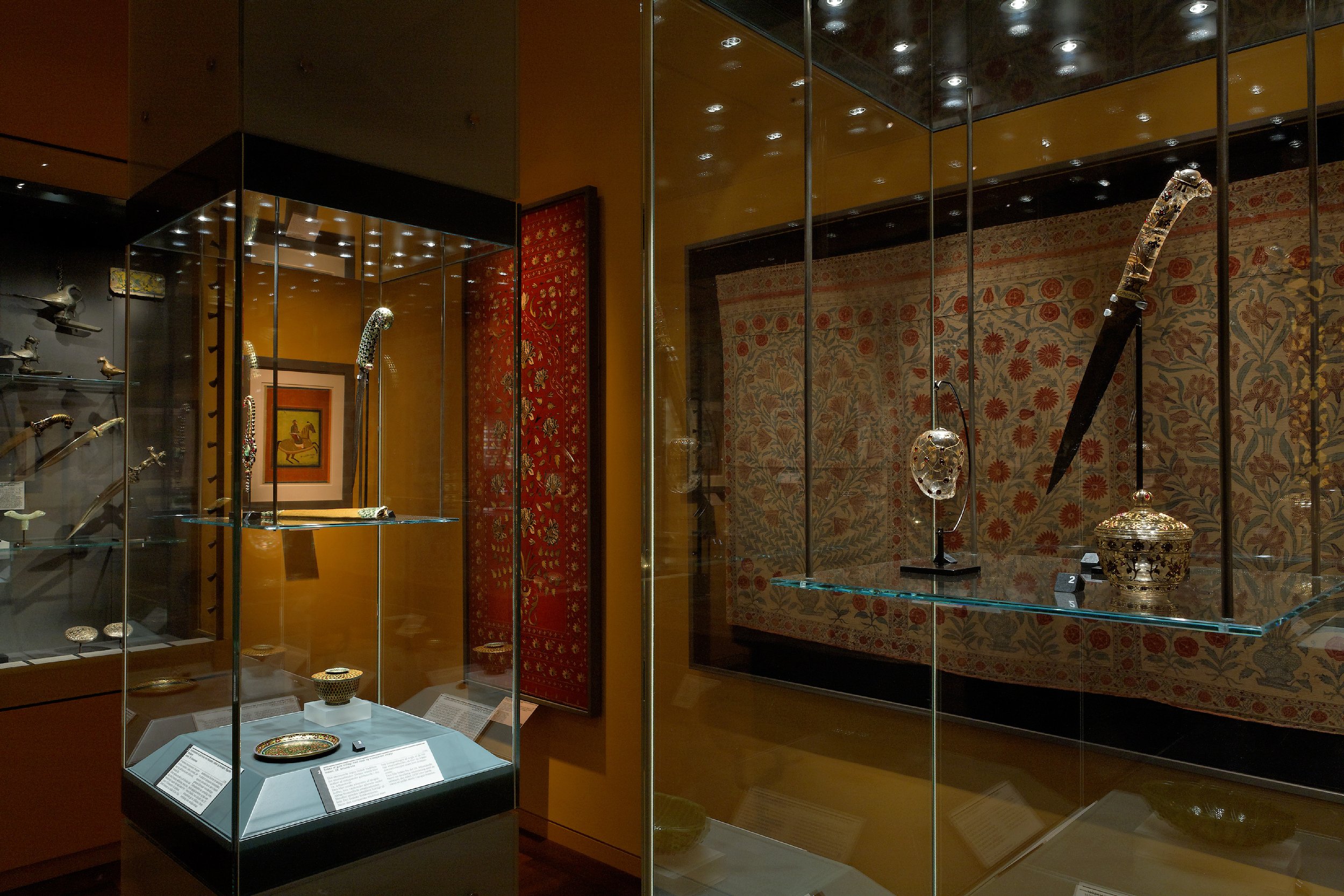
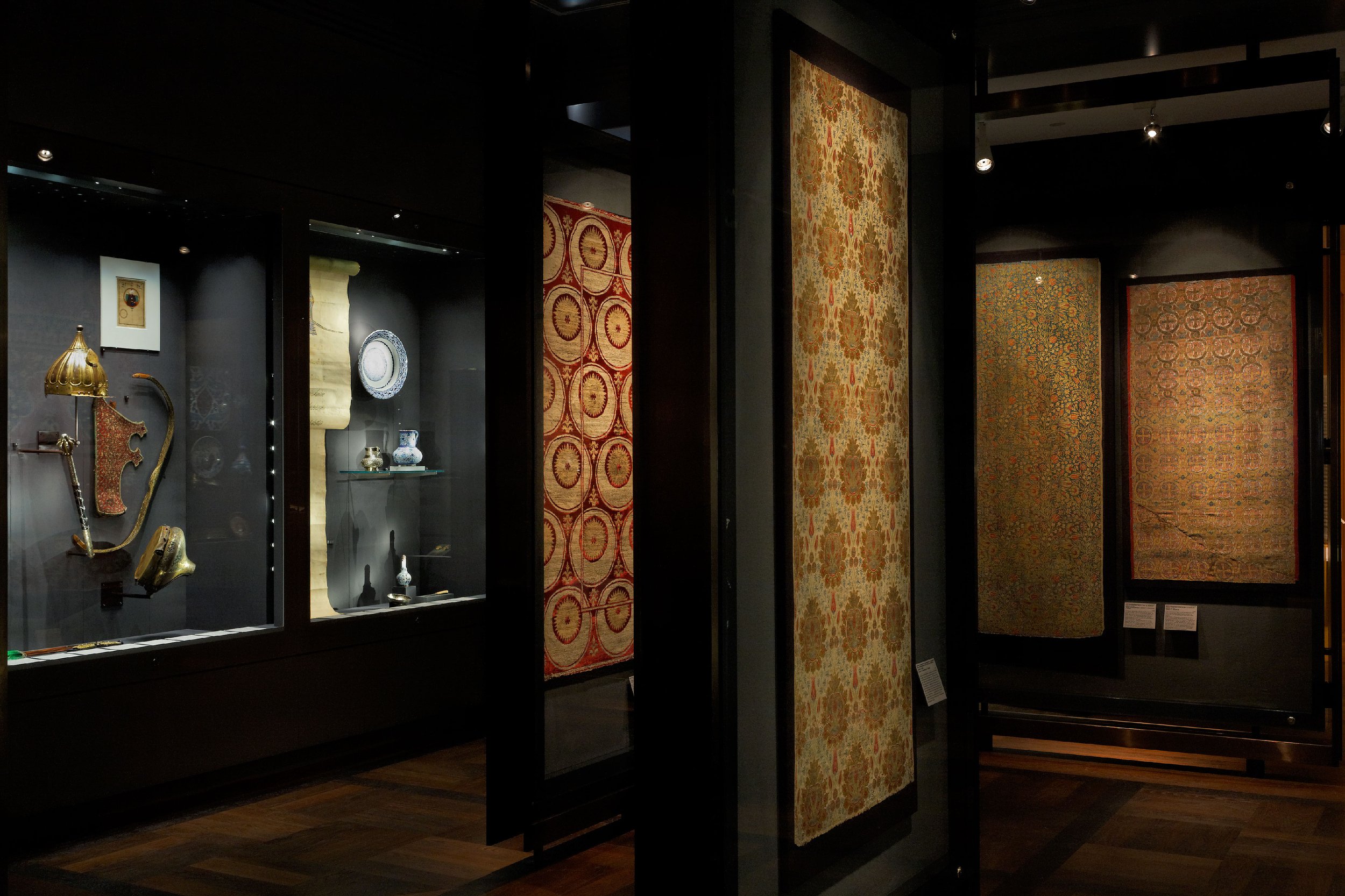
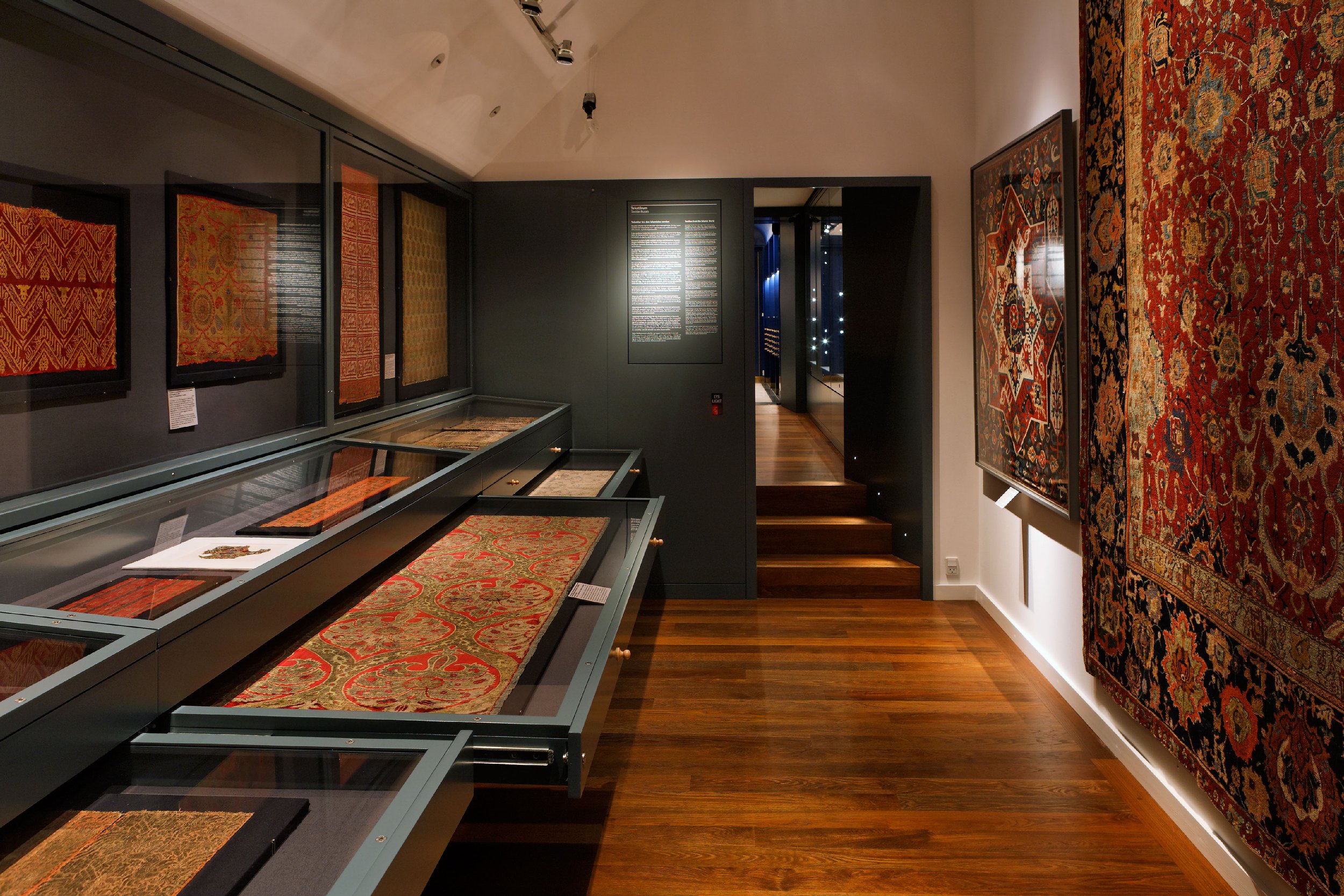
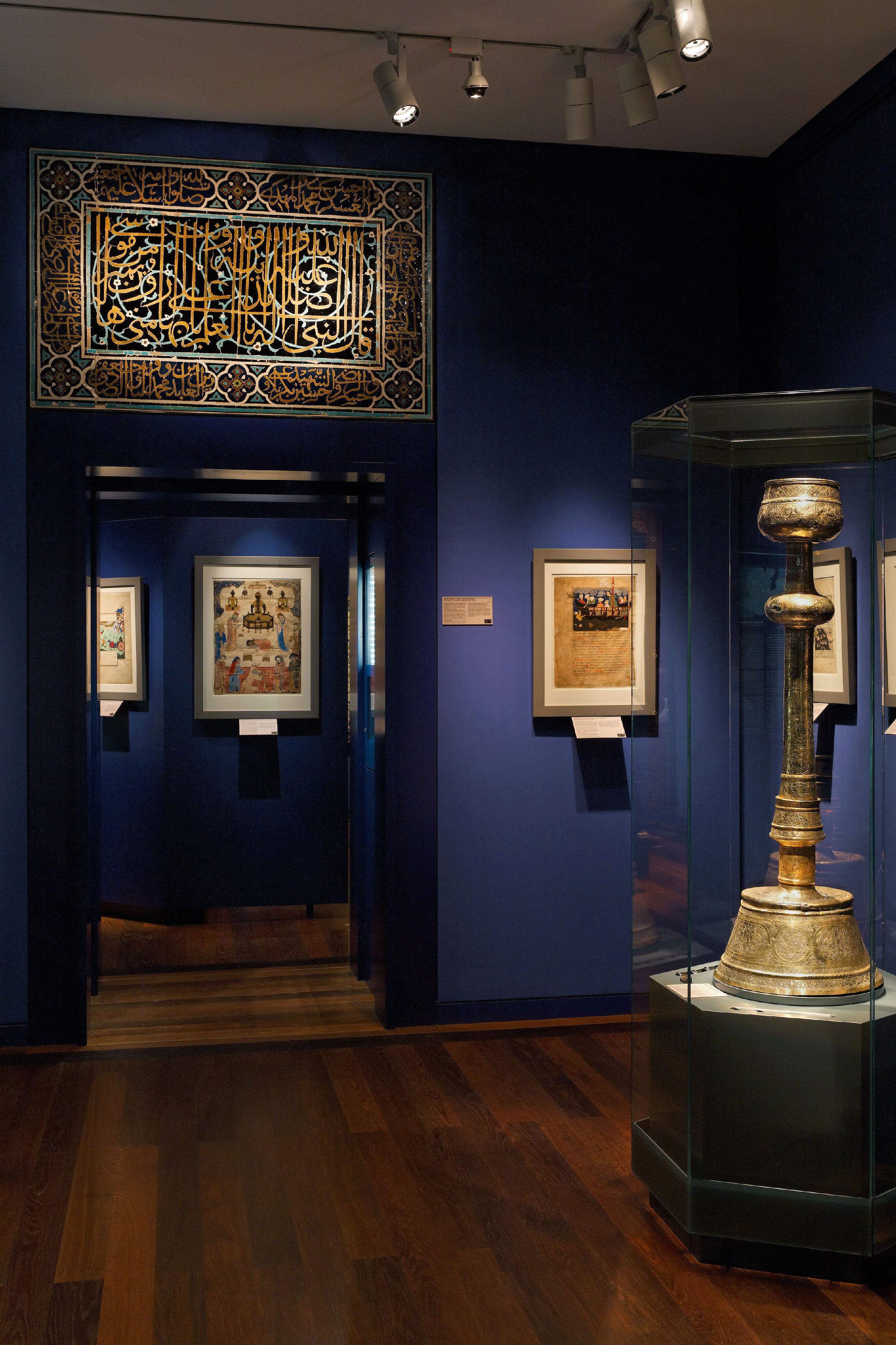
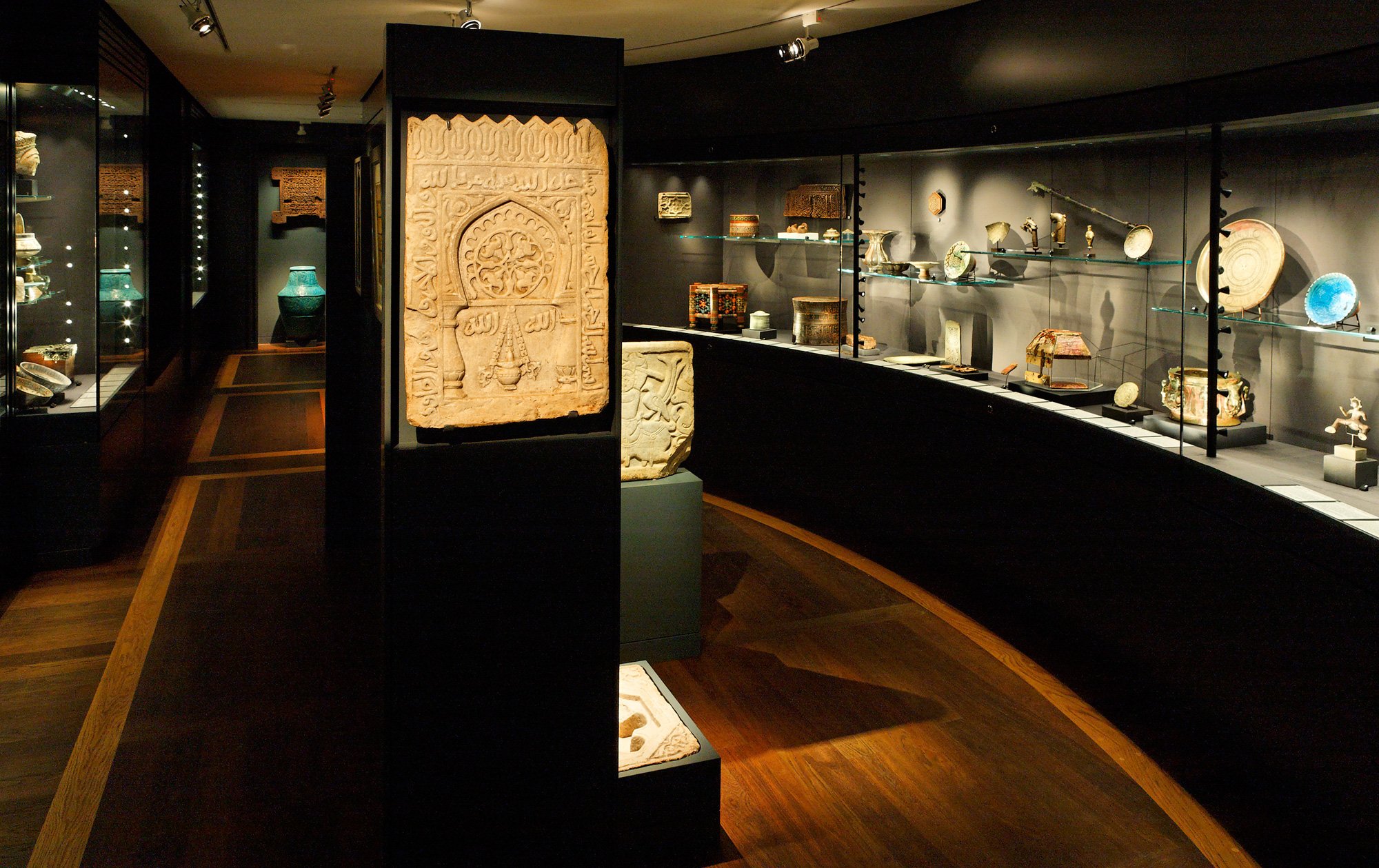

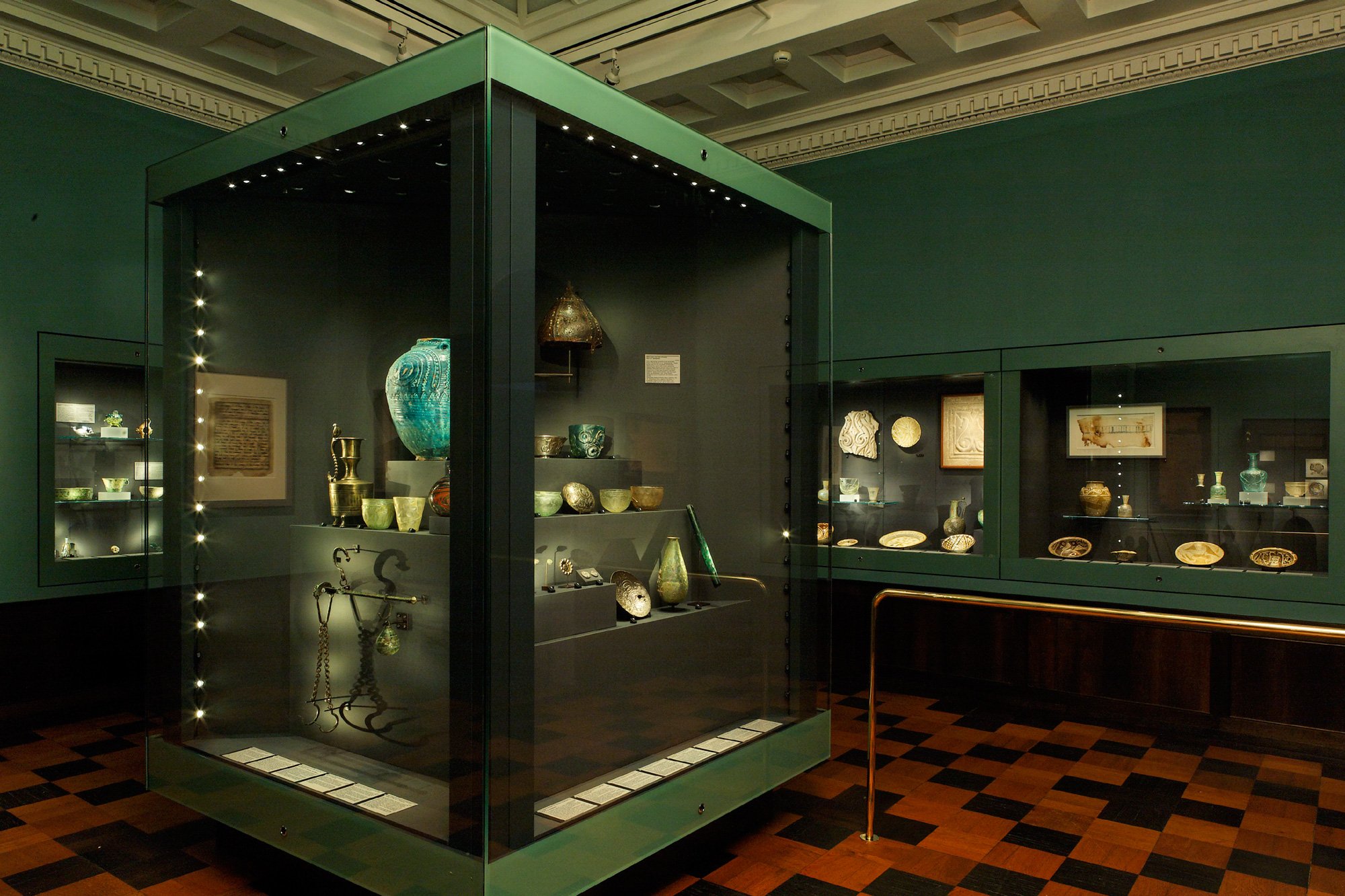
Art of the Ancestors extends a special thank you to The David Collection and Sonja Wiesener.
All images and texts included in this feature have been graciously provided by The David Collection and photographer Pernille Klemp.

